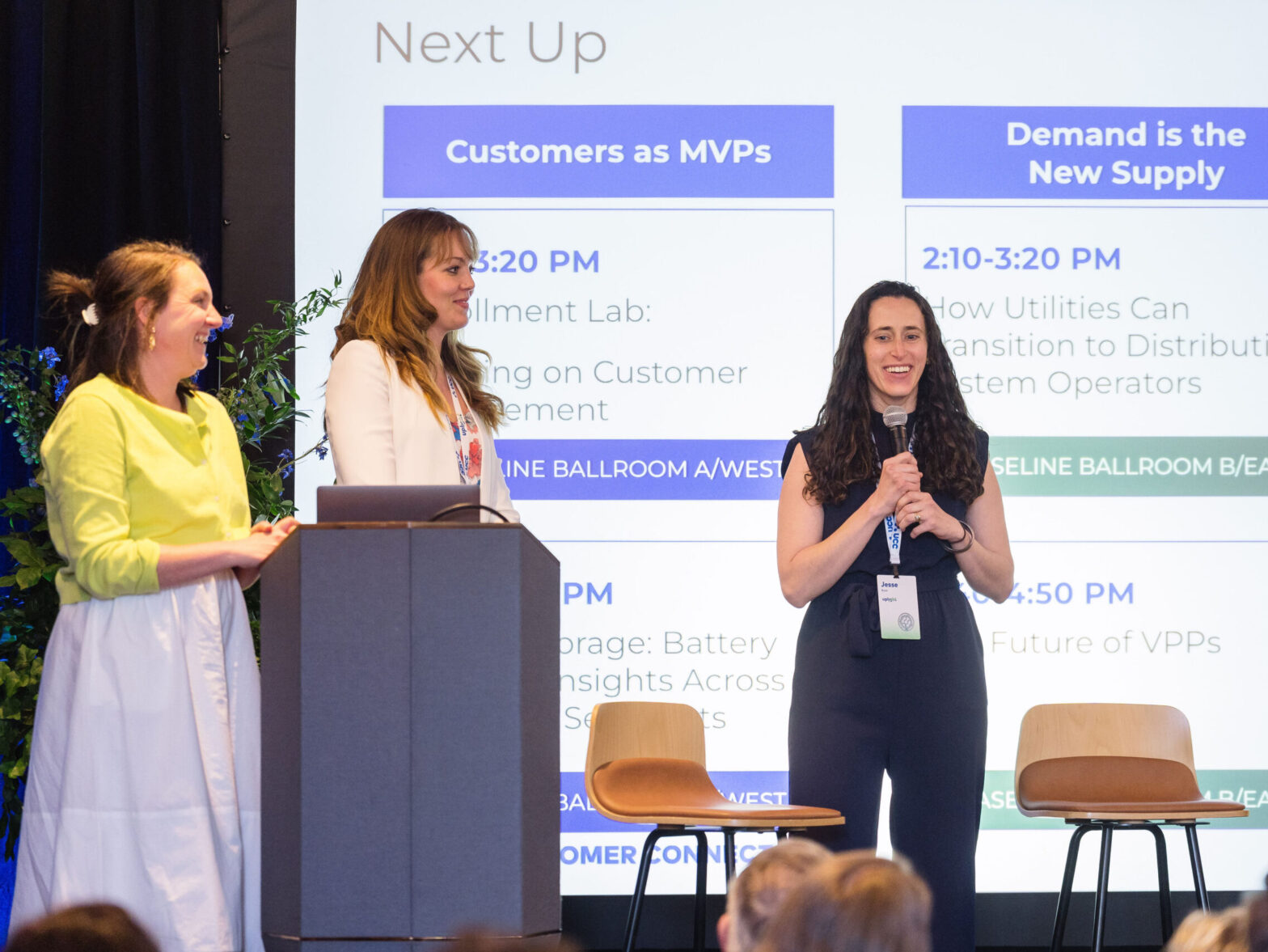Think back to your last online hotel booking experience. Maybe this looks familiar: “Only 2 rooms left!” or “13 other people viewed this room”. Or what about the last time you were enticed by the lure of FREE? As in, “Start your 30-day free trial on Netflix” or “Free gift with purchase”?
Well, folks, this is behavioral science at work.
Executors of Our Own Destiny?
It’s 2019, and behavioral science is everywhere. We’re constantly being bombarded by messaging designed to get us to do something (Don’t get FOMO!), buy something (Save now, this deal ends in 1 hour!), or join something (Everyone else is already a member!).
In short, behavioral science is the study of human behavior-why we act the way that we do, and how social forces govern our behavior. Sure, we’re all executors of our own destiny. We choose which products to buy and which social networks to join (or not), for example. But how and why do we actually make choices? And are we aware of these behavioral forces at play? These are all questions we should be thinking about (and great topics for a future post!).
But first, let’s talk about energy …
Leveraging Behavioral Science to Save Energy
Energy is abstract, intangible and impersonal. For many of us, it’s also an inexpensive commodity. Behavioral economist, Dan Ariely, said it best: “Getting people to care about the environment is perhaps one of the toughest behavioral challenges we have … It’s as if the issue were perfectly designed to maximize human apathy.”
With that in mind, how do you get people to cut back on their home energy use? Appeal to saving money? Or to their altruistic pro-environmental selves? No and no. The most effective solution: Tell them that others are already doing it.
Research by Robert Cialdini shows that providing normative information about how much energy other households use is the most effective way to get people to reduce their own use. Why? By nature, we compare ourselves (and our energy usage) to others. These descriptive norms (e.g., our peers’ energy usage) provide a social standard by which we measure the appropriateness of our own behavior. We don’t like to deviate from this norm. (Recall the classic Sesame Street jingle, 🎵 One of these things is not like the others… 🎵)
Which raises the question: Great, but what if I’m already using much less energy than other households? That means I can increase my use and still be like everyone else, right? Hmmm…
Showing low-use households normative information has been shown to produce an unintended boomerang effect. How do you get around this? Invoke injunctive norms. Whereas descriptive norms indicate what is commonly done, injunctive norms indicate what is socially approved (or disapproved). The solution: Add an injunctive, positively valenced message indicating that their low usage is socially approved (accentuated with a 😀 or 👍). Maybe this looks familiar 😉.
By invoking social norms (descriptive and injunctive), home energy reports can generate a 1-2% increase in EE savings on average. Doesn’t sound like much? For every 150,000 households receiving home energy reports, a ~1.5% savings increase can translate to ~25 million kWh (or enough to power 3,083 average-sized American homes for one year).
Beyond Social Norming
So we’re all agreed, social norming is a surefire way to motivate people to cut back on their energy use. But that’s not all. There are still many other behavioral levers to pull. Here are three of them:
- Gamification: Accruing points via taking weekly energy saving challenges–and subsequently viewing point leaders on a web portal leaderboard
- Anchoring: Framing home upgrade messages by displaying before- and after-rebate costs (e.g., recipients are mentally “anchored” to the original price, which by comparison, makes the reduced cost seem more appealing)
- Desire for relevance: Personalization, which entails sending individualized content via optimal channels on a smart cadence, is also a global technique that appeals to our desire for relevance (i.e., bypassing our natural “selective attention” filter) and our need to reduce information overload
Introducing: Uplight’s Behavioral Science Blog Series
This is the first post in a new Uplight Behavioral Science blog series. In the coming weeks, we’ll talk about the power of When (and how to leverage it) as well as what users really think of their smart meters. And that’s just the start! Stay tuned …




